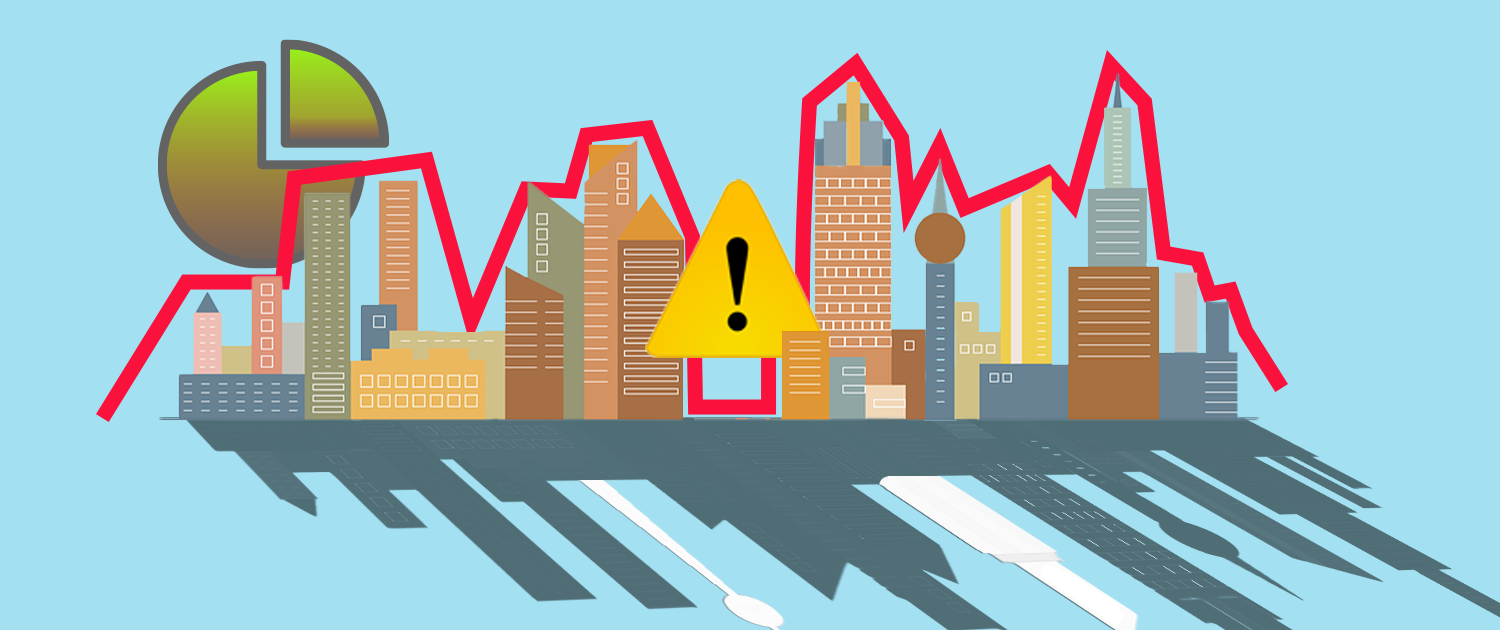The Internet Society’s Pulse platform collates data from trusted sources to provide a snapshot of the health, availability, and evolution of the global Internet. Decision-makers and advocates can use this data to identify weaknesses in their local Internet ecosystem and make evidence-based, public policy decisions to address these.
In this post, I’ll describe Pulse’s features and how specific government ministries and agencies can use them.
Preparing for Disasters, Emergencies, and Other Disruptions to the Internet
To support a country’s socio-economic activities, the Internet must be reliable enough to withstand unexpected faults, failures, attacks, and sudden surges in connectivity demand.
The Pulse platform helps you visualize how resilient your country’s Internet ecosystem is by considering:
- How much infrastructure is available to provide connectivity.
- How much users can depend on local networks to give them access to online services.
- Whether networks are using the best tools and practices to secure their users.
- How diverse the market is for those providing Internet services.

Pulse data can assist:
- Communications ministries and foreign or multilateral agencies involved with digital development to identify areas, such as connectivity gaps, that need attention and additional resources.
- Competition authorities to work out how healthy the local digital industry is and tailor interventions to allow more and smaller players to enter the market.
- Defense and security ministries to assess the robustness of local infrastructure against assaults.
- Sustainability and environment agencies to develop disaster mitigation and response tactics suited to a country’s capacity.
Promoting and Maintaining Internet Access
The Pulse Shutdowns tracker maps ongoing and past Internet shutdowns across the world. It shows detailed information on each shutdown event, such as which online services and regions are affected.
Shutdowns imposed by a government within its jurisdiction can affect connectivity in neighboring countries or even a different continent.
Pulse data can help:
- Strengthen arguments against Internet restrictions.
- Support measures to guarantee full Internet access to citizens, businesses, and other Internet users in a country.
- Develop norms at the regional and global level to prevent interruptions to connectivity and preserve the integrity of the global routing system.
You can also gauge how much this costs a country through the NetLoss calculator, which will give you a rigorous estimate of a shutdown’s economic impact.

Securing Internet Users
Pulse also tracks the deployment and use of Internet security technologies that increase the security and privacy of online users, including government users.
One such technology is Hypertext Transfer Protocol Secure (HTTPS), which combines the protocol that allows users to visit websites on the Internet (HTTP) with Transport Layer Security (TLS). TLS is a protocol that encrypts the connection between your web browser and the web server that hosts the content you want to access. This means you can safely access a website and be confident that the information you receive and send cannot be intercepted.
The Pulse platform shows you the level of HTTPS and TLS uptake in your country – a high rate helps assure that local services can be trusted to handle online transactions securely.

Understanding the uptake of these technologies can assist:
- Government departments and regulators that transmit or collect sensitive information online.
- Privacy and data protection officers, finance and banking regulators, security or health authorities, and other government agencies that transmit or collect sensitive information online to gauge their country’s readiness to protect Web-based data transmissions and communications.
- Advocacy efforts to encourage more website owners and local web servers, including your agency and others, to enable HTTPS.
Meeting Future Connectivity Demands
By the end of 2023, the number of Internet-connected devices is predicted to outnumber the human population by more than three to one. But will service providers in your country be able to connect them?
IPv6, the latest version of the Internet Protocol, can provide unique IP addresses to more than 300 trillion trillion trillion devices. Having one IP address assigned to each device connecting to the Internet allows devices connected to the Internet to identify, locate and correctly send and receive information to each other.
Countries need to speed up their IPv6 adoption as addresses in the previous IP version, IPv4, have run out. Services such as cloud computing and systems such as the Internet of Things (IoT) need a limitless amount of addresses that IPv6 provides.
The Pulse platform shows you how widely IPv6 is used globally and in your country — a high rate of IPv6 adoption is a strong sign that a country is well equipped to cater to emerging and future uses of Internet connectivity.
If you work within a ministry in charge of digital affairs, communications, or technology, this data will help you make a case for initiatives supporting greater IPv6 adoption. This may include training network engineers on IPv6 deployment, or requiring government websites to have IPv6 addresses. You can find inspiration from Germany, India, or Saudi Arabia, where governments have provided strong support for IPv6 rollout.
Developing Local Industries
Diversity is good for the Internet and for Internet users. On the Pulse platform, you will find the top countries that host the most servers, data centers, and content delivery networks. It’s no surprise that most countries listed here are technologically advanced, but as you plan for the next stage of your country’s digital progress, Pulse data can show you how key Internet technologies are currently dispersed around the world.
Those involved in industry promotion or technology and economic development can use this data to help them choose the sectors that need more resources for the country to achieve its national targets.

Make More Informed Decisions
As a significant provider of e-services and a compass for their country’s connectivity-enabled growth, governments play a crucial role in leading and driving the adoption of the best current technologies, practices, and tools.
They also play an important role in validating and measuring their Internet ecosystem — we welcome feedback on the platform and partnership opportunities to enhance the robustness of Pulse data.
Subscribe to the Pulse monthly newsletter to stay up-to-date with the latest Pulse analysis and features, including the soon-to-be-launched Global Internet Resilience Index and Country Reports.


